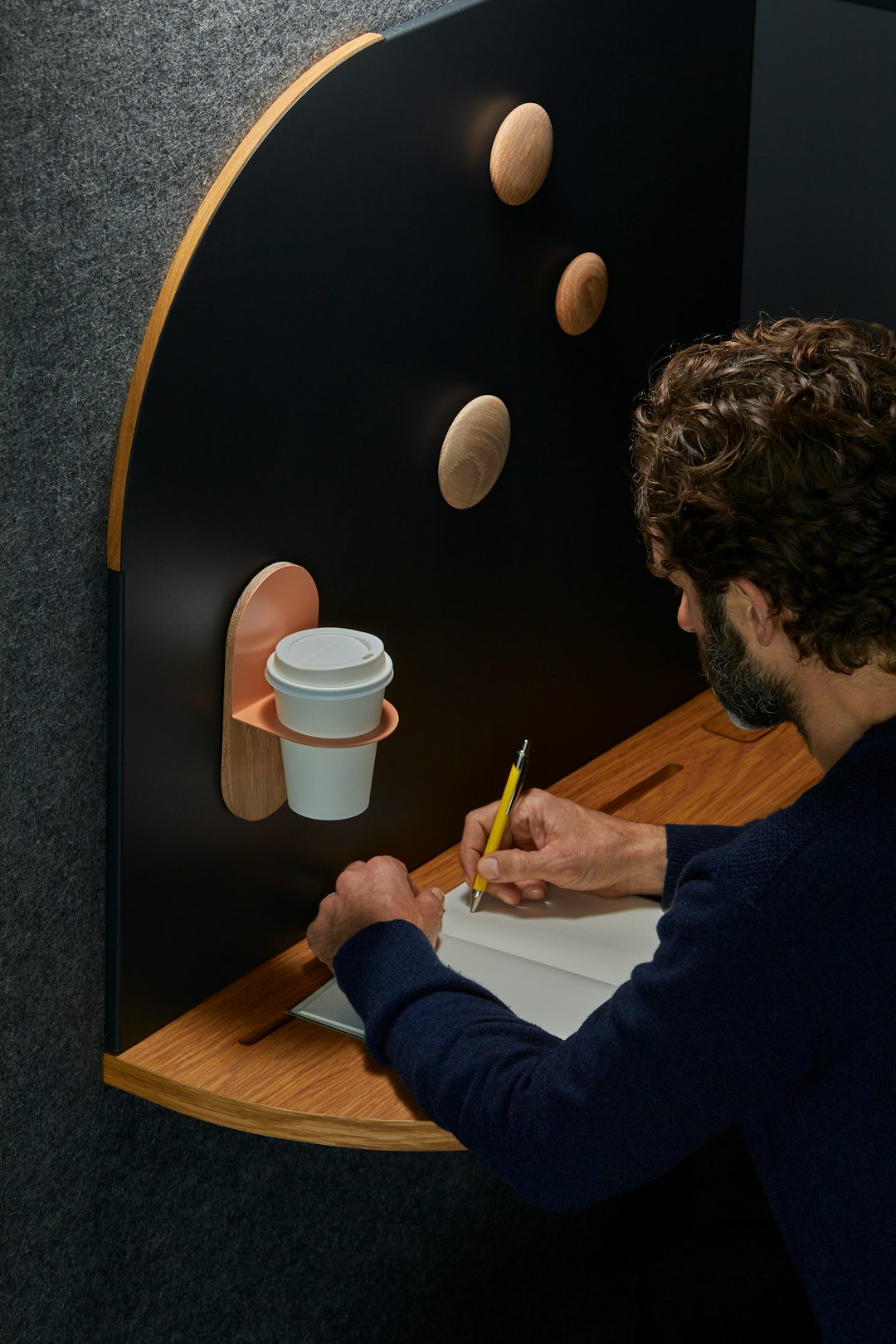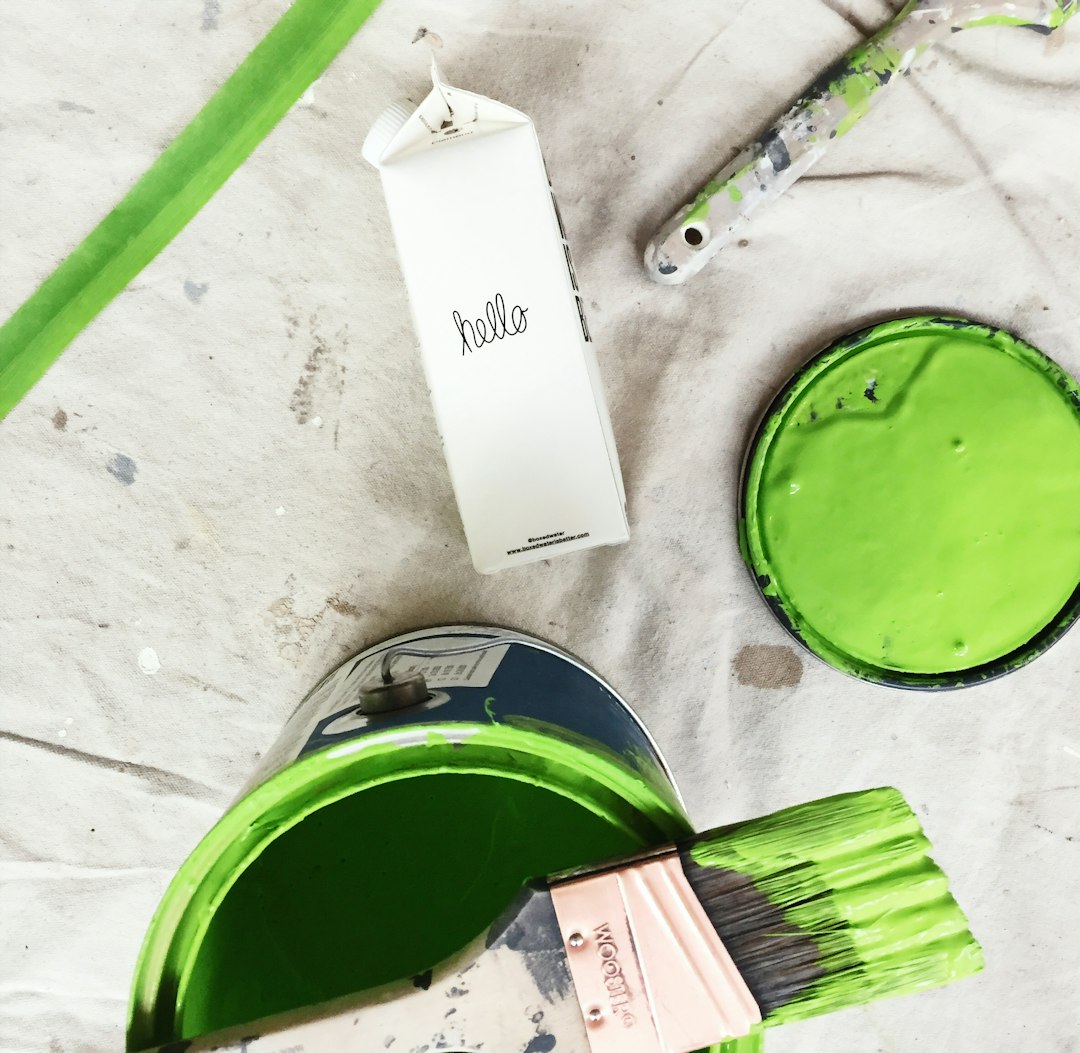Author: Abhimanyu Chowdhury
Professional designers are often fearful that artificial intelligence will overtake their jobs. It’s a legitimate concern: If robots become capable of art—and if they’re readily available and come for cheap—where will all the artists go?
But those fears are founded on myth. In the same way that designers have adapted to other kinds of design technologies—from photo editing software to 3D architecture tools—they’ll learn to co-create with AI tech.
The truth is that the future of design isn’t a world run by robots. On the contrary, it’s a world in which professional designers use artificial intelligence as a tool to streamline the design process and create a wider array of more sophisticated visuals.
Here’s how AI is helping the design industry:
Interpreting visual context
Conventional machines need to be given a sequence of commands and act upon them step-by-step. With design, that means specifying which elements need to be incorporated into a particular graphic.
But AI designers function differently. They don’t simply design graphics based on a series of step-by-step commands; instead, they produce a design based on its context, in the same way that a human would.
AI designers can identify different shapes, colors, patterns, and text types, and save this data for future use. They can use this data to generate images that visually correspond with one another; they understand which logo colors fit the overall color scheme of a website, or which font choices fit a company’s brand image. In those ways, they’re able to interpret whether a particular look is visually pleasing or evokes the right mood.
We’re already seeing these efforts come to life with AI-powered website design tools. These technologies, like all AI tools, are still developing, but they’re expected to become increasingly sophisticated within the coming years.
Personalizing the user experience
AI technology has the power to gather heaps of market data about different industries and target audiences. Combining market data with data about design, it can identify which visuals are most attractive to target audiences within particular industries. By making suggestions based on this analysis, AI technology minimizes the effort that goes into A/B testing website designs and advertising campaigns.
AI also forms the basis of adaptive design technologies, tools that alter the design of websites or online marketing materials based on who is browsing. In the future, a website or advertising banner could actually appear different to different viewers based on data about audience interests and preferences. While these technologies are still new and emerging, they’re a dream for marketers and web designers looking to optimize the personalization of websites and ads.

Generating more design options
Before AI, art needed to be designed on an individual basis. Marketing visuals and brand logos that only required minor alterations had to be individually designed by hand until they were perfect. And, if a company wanted multiple versions of a similar visual, designers needed to recreate each one by hand again and again.
AI aided design is particulary evident in the logo space where there is now a booming industry of online AI powered logo designer tools that have revolutionized the logo design industry. Bad news for graphic designers but great for the end user.
AI also aids marcom design, and companies can now release several different but related designs as part of a single marketing campaign. Nutella for example, equipped an AI design tool with a special algorithm to create several iterations of a particular visual theme.
This campaign was far more compelling to users than just a single new label; the colorful new exhibit became popular in the media, and users were excited about collecting the various special edition Nutella jar designs.
Streamlining tasks for professional designers
Just like other design technologies, AI streamlines tasks for designers by taking care of the legwork. Today, designers spend much of their time performing tedious tasks like cropping, resizing, and color correcting.
Using AI to automate these tasks gets the job done in just one click, freeing up designers to focus on the more meaningful aspects of their work. AI technology now helps designers become more efficient at their jobs.
AI design tools can also interact with human designers throughout the design process, responding to designers’ commands and offering feedback about their work. As designers think up new ideas, they can verbally dictate those thoughts to an AI design tool that will present their ideas in real-time. The AI tool can also provide the human designer with a series of options based on the designer’s own sketches, allowing them to cherry-pick from a wide array of options founded on their original vision.
Once the design is completed, the AI tool can suggest alterations and improvements based on data about the industry and target audience. Human designers can oversee this process and adapt their designs accordingly.
While these technologies are still in their early stages, they offer a clear vision for how human designers and robots will coexist side-by-side.
